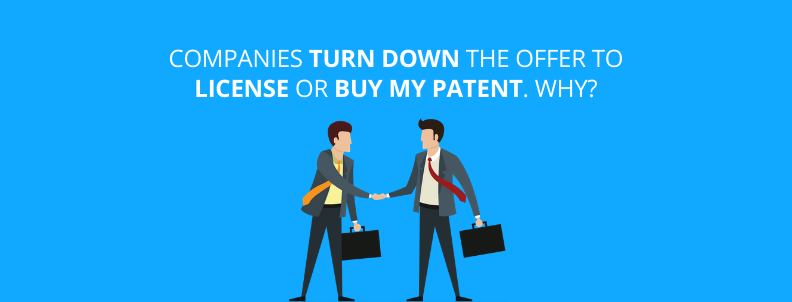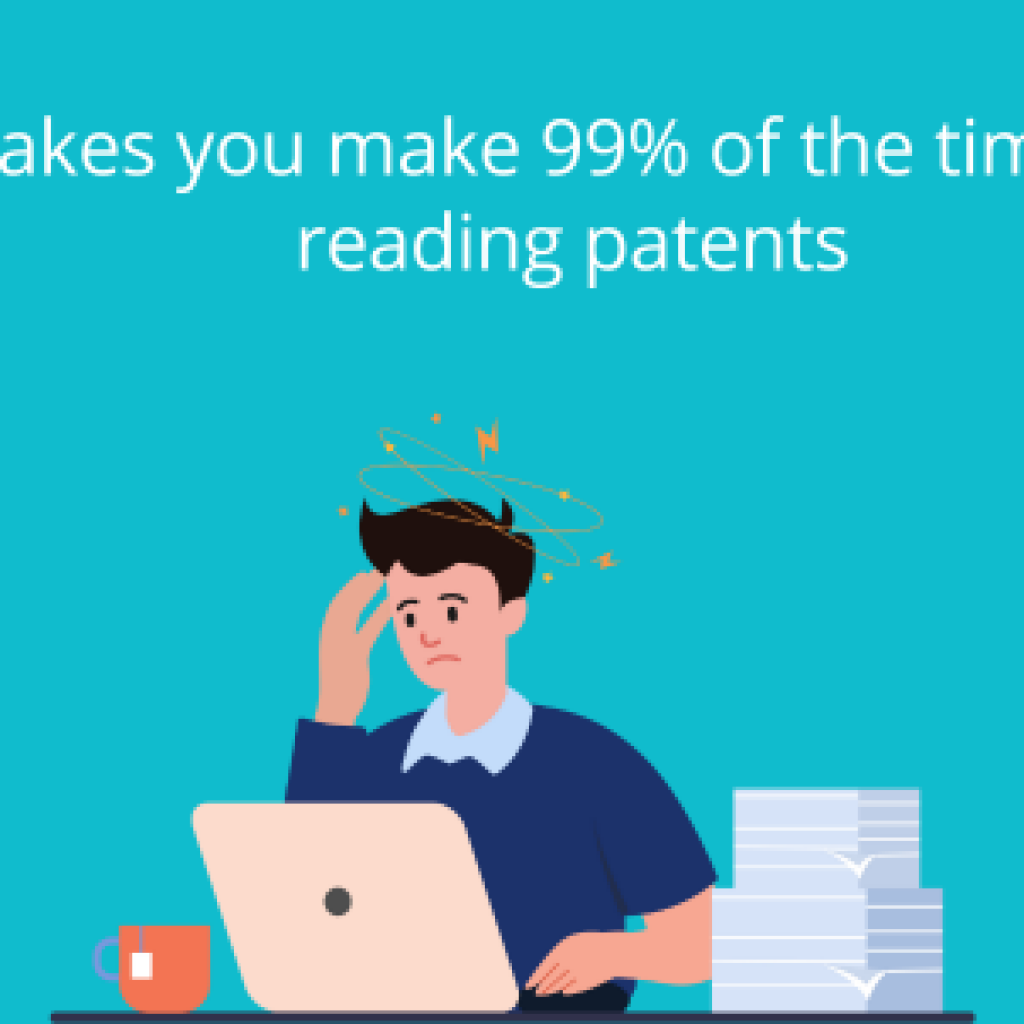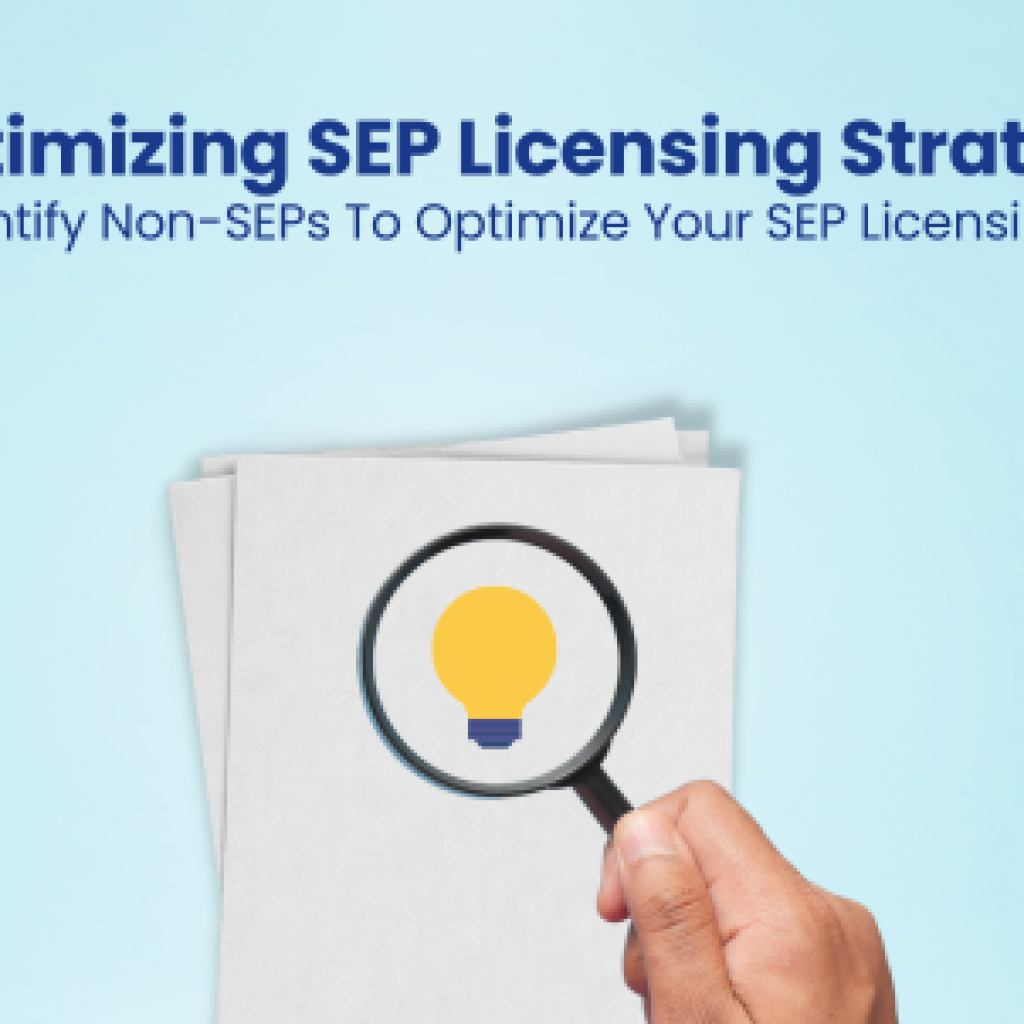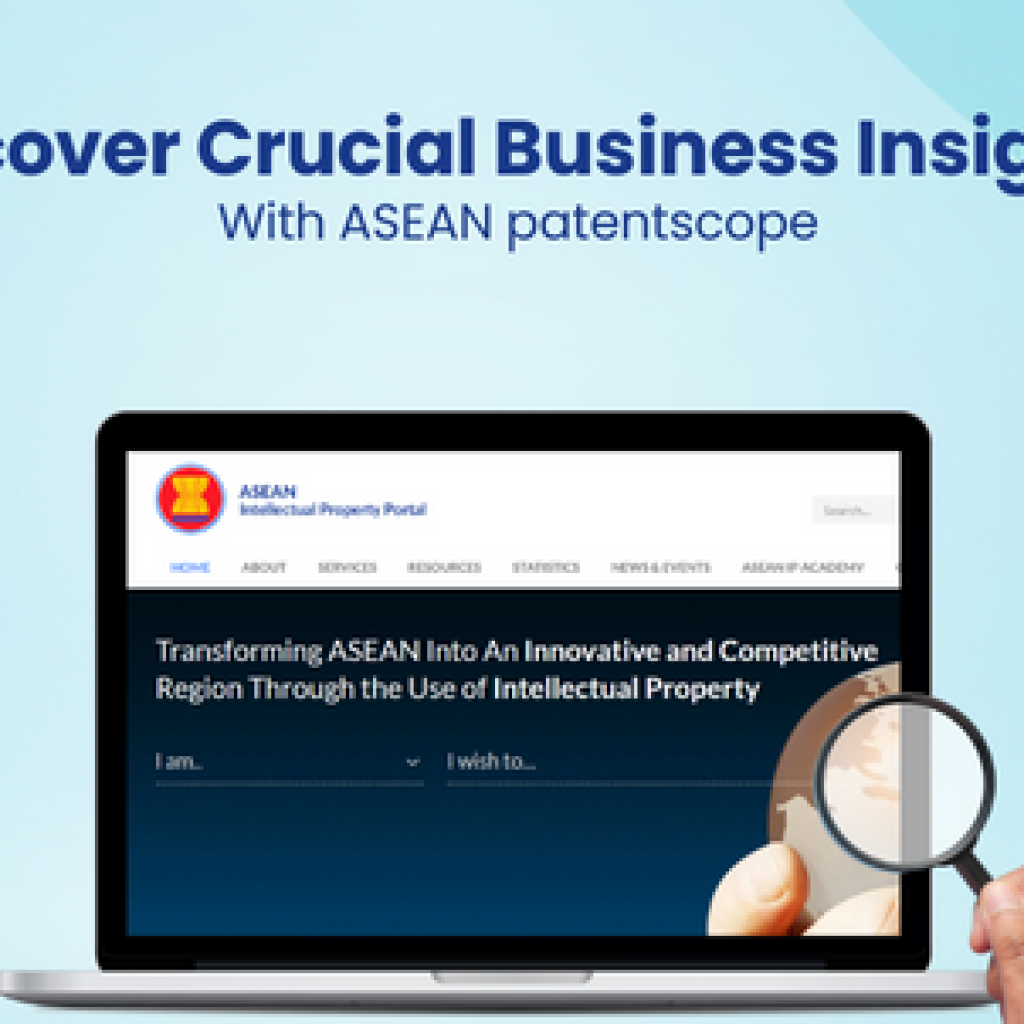Ever wondered why you are not able to license or sell your patents despite them being of high value?
Often, I come across licensing managers, IP heads and patent owners confused as to why they are not able to license or sell their quality patents?
A refined question would be – how to financially get the most out of your patents?
To share an analogy, an old used car can get as much as $100 in a pawn shop whereas the same car is priced at $100,000 in a car club for being iconic or retro. Similarly, the value of your patent changes based on how much the patent matters to the potential licensor you are pitching. It’s important to know who you are approaching, all that follows is a result of what you know about your target.
Let’s understand this with a recent case we worked on.
One of our new clients, Matt, who is a CEO of Tetragon* (name changed). Tetragon* has a small portfolio of ~10 patents. It is a venture business that develops landing propulsion technology and intellectual property for aircraft and jet planes.
“I am facing a lot of difficulty in licensing Tetragon’s patents. Even performed an infringement search at my end but in vain. I am starting to think there might be no potential infringement but since these patents are pretty valuable to the tech, I did not want to call it a lost cause before getting an expert opinion.”
Over the years, I have heard a similar narrative multiple times. At some point, every IP Owner, patent broker or licensing manager has this question —
How come I am not able to either license or sell my high quality patents?
The short answer to this is:
Make sure you perform investigative research on the potential licensors before you approach them.
Want deets? Time for the long answer.
Working on this project made me realize that Matt is not the only one agonizing over this problem. A lot of businesses incur losses due to this. Sometimes, after repeated failed attempts, they might even give up on any hopes of trying to sell or license those particular patents ever again.
Taking Matt’s case, for instance, the investigative approach helped us find infringement.
Let me tell you all about it.
How to approach infringement searches like a pro?
As soon as I started working on this case, my first approach was to ensure that the client’s patent is monetization worthy.
We performed an infringement analysis using a mixture of conventional and unconventional methods, to figure out if there is someone in the market that is already using his technology. We found one such product in our initial search.
“Matt, were you aware. Have a look at this.” — I wish I could say that.
The reality was a tad more complicated.
When Investigative research comes to play
Well, the fact was this infringing product was from a low-key company. So even though I shared an update with Matt but I told him to hold-on till I spend some more time to look into it.
I observed that the last update on the product was from 2017, and the company was silent since then. That means, there was no product data available after 2017.
“It’s been 3 years and not a single update!”, I thought.
Now, that’s a bit unusual for a live product in the market, isn’t it?
Did the company go bankrupt? Has it discontinued this product line?
Why was the data after 2017 unavailable? I had to know the reason. It was important so that I could go back to Matt with a plan.
After exhausting all the sources where product related information could exist, I decided to change my strategy. I started collecting information on the CEO of the company. Starting from his interviews to his social media accounts like LinkedIn, Twitter, etc. I needed to find the information on the product, an announcement, a launch, any shred of information was of use here.
This is an important element of an investigative approach. We have to create a map of whatever is happening in the industry in our mind. We tried to find out every information about every person involved with the product or company.
Soon, I found a video of him talking about the product, but this was from 2016, and of no use. Then I headed over to his Twitter and LinkedIn accounts, but couldn’t find any leads.
My doubts about the company going bankrupt or closed were circling in on me. But I was not ready to give in just yet. If that was the case, we needed evidence.
My thoroughness finally paid off when I looked into the Wayback Machine archive and learned that the company’s official website was last updated in October 2019, which provided proof of life. However, I was still not sure of the current activity/market of its products.
It was now time to dig deep into the land.
Digging deep into the land
I tried to connect some dots and found out that the CEO of the company is currently associated with U.S. Airforce as Honorary Commander. I already knew from the company’s past reports that it aimed for the defence as their primary customer.
After discussing the same with my managers, Vincy, and Anoop, I now had a mental picture. Maybe the company was supplying products to the military and thus intentionally was silent in the public domain because of confidentiality clause – a theory that was yet to be proved.
So, I searched further in this very aspect and guess what?
I learned that the company had signed a deal with the air force of the United States, Canada, and Britain. Hence, I could conclude that the company is still in an active state.
“I found oil!”, exclaimed the voice inside my head.
What next?
Well, we now knew the target company and the infringing product, inside out. I narrated all this to Matt and advised him to perform such an investigative research for every target before approaching them. This will help him to open an open communication channel with them. Not every company repel license. If you can help them grow their product faster they would be more eager to talk to you. However, there are so many people that are sending licenses requests as SPAM that even genuine requests are ignored if they do not accompany the ‘why’ with them.
“Extraordinary”, Matt said with a sound that felt like a warm happy smile.
To be honest, I couldn’t describe the feeling in any better words than that.
Conclusion
Had I not used such an investigative approach, Matt would have not been able to sell his patents to the target company. Because of the absence of product-related data he would have let this finding pass and missed on such a great opportunity.
Sometimes inventors and CEOs may not perform in-depth research on the potential licensor before approaching them. They focus mainly on highlighting the uniqueness of the patent from their own perspective.
Now, there could be (n) reasons why the potential licensor may deny to license your patent. One reason could be that the company isn’t able to take the license due to weak finance. Another one could be that the company would have discontinued the infringing product.
Hence, a wise move would be to research the company you plan to approach beforehand. Thus minimizing the chances of them rejecting your offer.
Want to run a background check on potential licensors who can license or buy your patent? Get an expert opinion as Matt did. You can fill the form below and the team will get in touch.
Authored by: Hritik, Patent Infringement, and Nidhi, Market Research.









